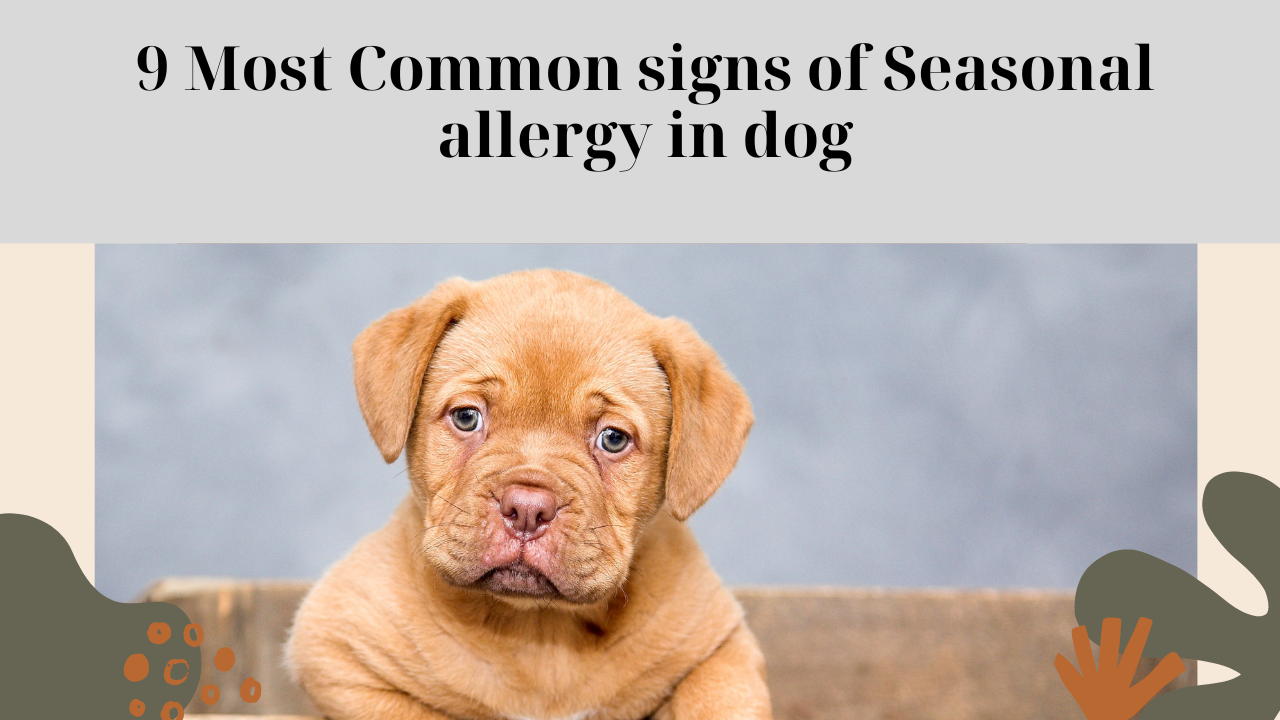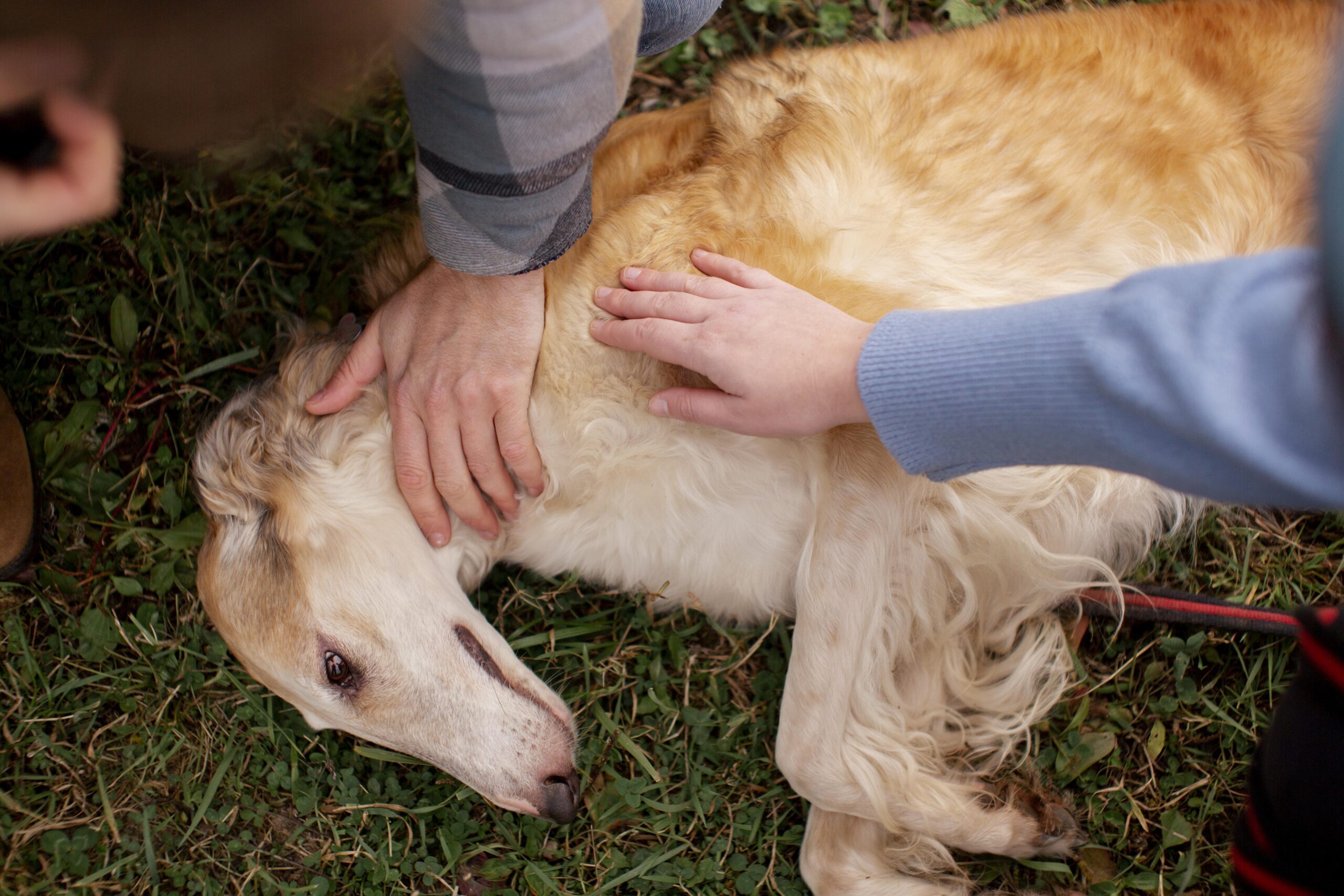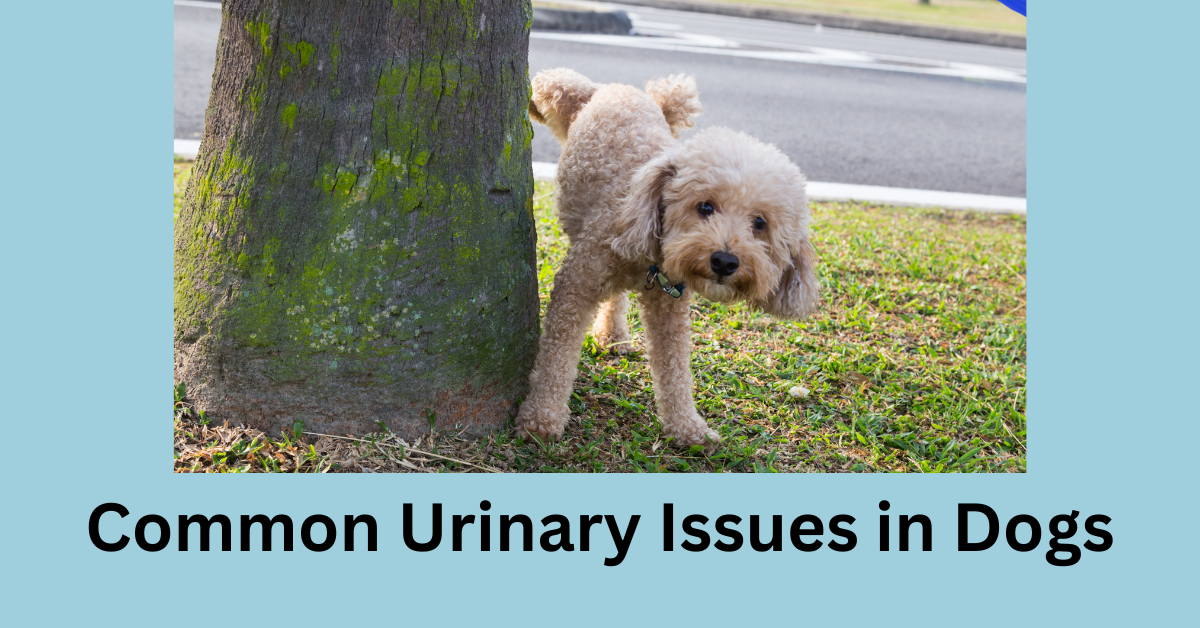Introduction
Allergy season is approaching, and veterinarians and skin specialists for dogs are suggesting pet owners keep an eye on their dogs for potential allergic signs
Environmental allergies, also called seasonal allergies, are common causes of itchiness in dogs. This is pretty prevalent in dogs who spend most of their time outside the house. Generally, with the arrival of spring, weeds, grass, and trees blossom and produce pollen, which causes allergic signs in our furry friends.
The most common signs and symptoms of allergies are below.
Scratching:
Have you ever noticed your dog scratching their body while coming to home from a long walk? Scratching can be mild or aggressive, resulting from pollen from the plants and trees. with the increase in itchiness, some dogs start biting themselves, and the most common scratching and biting areas are their chest, paw, and armpit. If these dogs do not undergo proper treatment , they can cause wounds from the scratching, which could further worsen their skin.
Hives:
Hives are fairly common in humans, but we can see hives and rashes on dogs as well. Bellies and armpits are the most obvious places to see hives, but they can happen anywhere on the body. Multiple other areas are also infected, such as the face, head, and sides of the leg. Lumps or raised areas of hives are also noticed on dogs, which sometimes might go away in a few days or may stay on the dog for days to weeks.
Excessive likcing:
Itchyness is a sign of allergy, which triggers excessive licking of the body. Seasonally allergic dogs can start licking their genitals, paws, and belly a lot when they start feeling itchy. Environmental allergy is considered to be the top differential for dogs who are doing excessive licking of the body.
Puffy eye and eye discharge:
In humans, puffy eyes are the common allergic signs, but we can also see them in some dogs. Redness can be seen in the dog’s eyes along with the discharge. Eye discharge could be watery, and it might be associated with puffiness or redness in the eye. If infected, the watery discharge turns green or mucoid. Allergic conjunctivitis is reported in dogs, which results in watery discharge and eye redness. These dogs can squint their eyes because of the inflammation associated with them. Flushing the eye simply with normal tap water or sterile saline twice a day can cure the disease.
Face rubbing:
Face rubbing is another one of the common signs that you might notice in most dogs with seasonal allergies. These dog can rub their faces with their owners, carpet, couch, and pillows to relieve themselves of the itchiness. Rubbing the entire body with the wall can also be noticed in some dogs, whereas scooting is also noticed in some dogs.
Hair loss:
Hair loss is usually noticed on the legs, belly, and tail area due to severe itching and biting triggered by the inflammation. Hair follicles get damaged by biting and scratching, resulting hair loss on the body

Inflamed red ears:
Most dogs with environmental allergies showed inflammation in the ear which means that ear becomes red and itchy. Itchiness in the ear causes a bad smell originating from the ear, which triggers the growth of bacteria in the ear. Most animals will suffer from secondary bacterial infection if not treated on time.
Head shaking:
Head shaking is another sign to look for if you suspect your dog is allergic. Dogs shake their heads when they are itchy, and it might relieve their itchiness, so they do it. Sometimes, it causes injury and a hematoma in the ear, which is also called an aural hematoma.
Inflamed skin:
Redness is also noted around the face, chin, neck, abdomen, and paws. Hot ports are also noted on different body parts, especially where hair is grown around the chin and base of the tail due to high moisture. it is more commonly seen in the labrador breed.
References
- Youn, H. Y., Kang, H. S., Bhang, D. H., Kim, M. K., Hwang, C. Y., & Han, H. R. (2002). Allergens causing atopic diseases in canine. Journal of veterinary science, 3(4), 335-341.
- Sultana, S., Sethi, A., Akbar, S., Dilshad, R., Arshad, N., & Iqbal, A. (2024). The Impact Of Changing Seasons: Seasonal Allergy Prevalence And Management. Migration Letters, 21(S6), 406-429.






2 thoughts on “9 Most common signs of seasonal allergy in dogs”
Comments are closed.